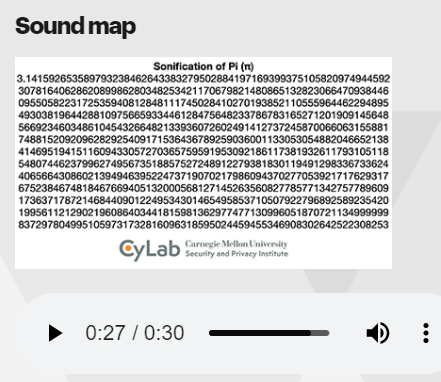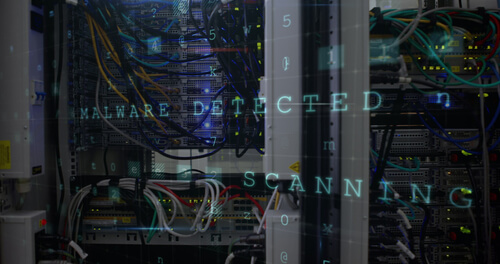You know the feeling you get when it's late at night, you're home alone, and you hear a suspicious sound from the opposite side of the house. You immediately go on high alert and can't help but investigate.
Maybe it's an intruder, maybe it's some creaky pipes, maybe a giant spider, whatever it is, you have to find out. You know in all likeliness that it is probably nothing, but it would help you sleep better to know for sure.
You check it out and sure enough, it was nothing. Just some wind causing tree branches to brush up against the side of the house. Now you can sleep peacefully.
So, what does this little story have to do with cybersecurity?
That sound you heard alone, late at night, put you on high alert. Imagine if there was something similar in terms of threat detection. How much easier would that make a security analyst's job?
The sonification of cybersecurity
When it comes to monitoring network traffic, the amount of data analysts have to comb through in a single day can be overwhelming, making it difficult to detect any abnormalities.
Yang Cai has dedicated his life to finding ways to make abnormalities in network traffic easier to spot. He is a senior systems scientist at CyLab, Carnegie Mellon University's security and privacy research institute.
In recent years, Cai and his team have been working to create a data visualization tool, one that would allow analysts to actually see network traffic patterns. Now, he has turned his focus to developing a way to hear them.
Cai, and two co-authors, presented a new study on how cybersecurity data can be heard in the form of music at the Conference on Applied Human Factors and Ergonomics.
Here is what Cai said about the study:
"We wanted to articulate normal and abnormal patterns through music. The process of sonification—using audio to perceptualize data—is not new, but sonification to make data more appealing to the human ear is."
The process, known as "sound mapping," transforms numeral datasets into music with a variety of melodies, harmonies, time signatures, and tempos.
Here is an example of a sound map, representing the number Pi:
As sophisticated as it may sound, you do not need to be a musician to hear the differences in the music when there is abnormal network traffic.
Cai and his team were able to create music from a real malware distribution network, and the average person was able to pick up on the differences in the sound when played on different instruments.
Despite the success of this project, Cai has an even grander vision.
He hopes that at some point, analysts will be able to look at data with VR glasses presenting the visualization of the network space. As one moves closer to a data point, the music representing the data would become louder and easier to hear.
"The idea is to use all of humans' sensory channels to explore this cyber analytical space," Cai says.
For more information on the sonification of cybersecurity, read CyLab's article on the research.






